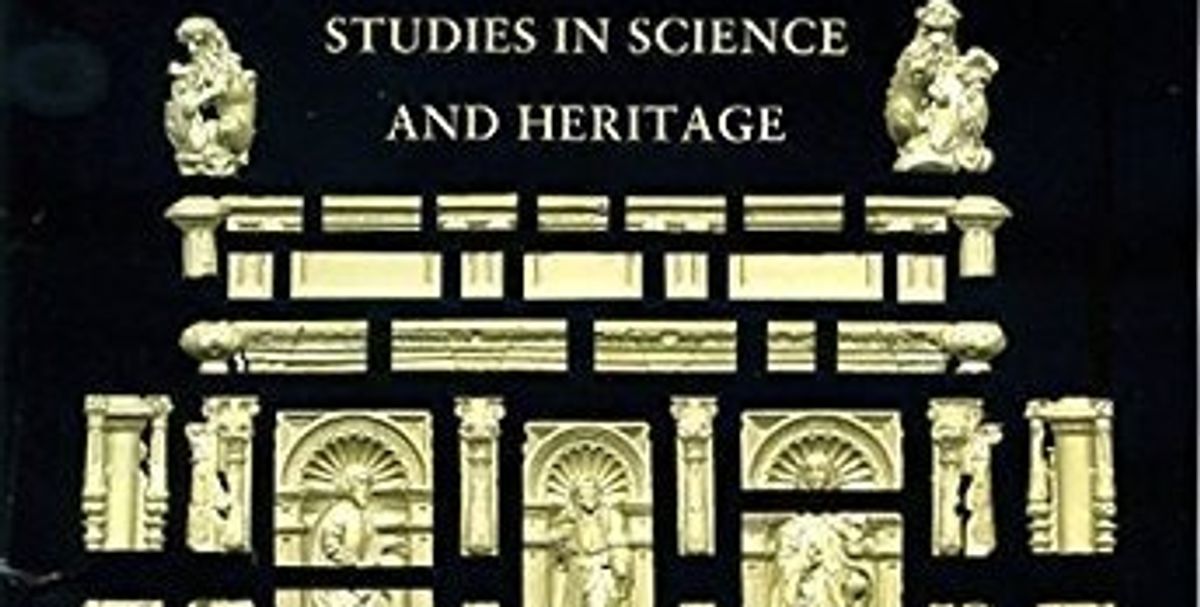The Howards and the Tudors marks the culmination of Representing Re-Formation: Reconstructing Renaissance Monuments, a major collaborative research project funded largely by the UK Science and Heritage Programme with assistance from the Yale Center for British Art. Using an innovative combination of 3D scanning and historical, archaeological and art-historical analysis, experts led by historian Phillip Lindley investigated the design and construction of tombs belonging to the Tudor Howard dynasty that now stand in St Michael’s Church, Framlingham.
The Howards were arguably the most powerful aristocratic family of the 16th century, as the first essay by Steven Gunn and Kirsten Claiden-Yardley makes clear. Holding high offices and boasting two of Henry VIII’s queens (Anne Boleyn and Catherine Howard) among their number, their fortunes fluctuated widely across the Tudor era. The Howards’ proximity to the politics of their day is why it is interesting to consider how they chose to present themselves after death. While the book as a whole could make more use of the considerable body of work on this kind of self-fashioning, anyone who is interested in Tudor politics will find that it gives them a new angle on some of the key figures of this national narrative.
St Michael’s in Framlingham was not the original intended resting place for these monuments. Thomas Howard, the Third Duke of Norfolk, had had his own and his son-in-law’s, Henry Fitzroy, tombs designed to stand among his ancestors at Thetford Priory. The Dissolution of the Monasteries interrupted their construction, and then the duke’s imprisonment for high treason delayed their removal, but they were eventually set up at Framlingham instead. Historians have long debated this sequence of events, asking whether the Framlingham tombs reflect the original design, when they were moved, who moved them, and whether extra “bits” found later at Thetford belong to either of these tombs or to a mysterious third. Lindley’s lengthy, detailed essay tackles this in full and is clearly the central point of the volume. His in-depth analysis provides a new and plausible sequence of events, demonstrating how tombs could be composite entities with several individuals involved in their design, building and configuration, and therefore represent more than one person’s ideas and intentions. This links the building of the tombs to national events in a way that highlights the political centrality of these individuals throughout the 16th century. Lindley then moves on to consideration of the 3D scanning to conclude that the excavated fragments belonged to both existing tombs, and that this shows that their intended iconography was altered as a result of religious change.
The book overall is structured well, with essays providing background information on the Howard family, on aristocratic funeral and burial practices, on the archaeology of Thetford Priory, the original site of the tombs, a detailed analysis of the tombs themselves, the influences behind them, and on the scientific process of the scanning. A small gripe here would be that the final essay on the Earl of Surrey’s tomb, set up later in 1614, feels tacked on rather than integrated with the rest of the book. I would also have liked to see a summing up in some concluding remarks. As the introduction points out that the essays are only the initial results of the project, it would be nice to have had a sense of what else we have to look forward to. In a similar vein, the contents of the book itself are weighted fairly heavily towards the historical, rather than the scientific, content. No doubt this is partially explained by the sad loss of the project’s leading scientist, George Fraser, before the completion of his paper, and it is to be hoped that his work will be picked up by successors in the future.
This ambitious project undoubtedly shows the advantages of collaboration between science and the humanities. History, art history, archaeology, science and technology all have their place here, and it is refreshing to see so many sub-fields working closely together. It is heartening to hear that this has not only spawned smaller projects at other locations, but has helped to create a specialist 3D scanning company intending to work specifically with the arts. Overall this book feels very much like a beginning, rather than an end, of this project and its results, and provides a very interesting read.
• Nicola Clark is an associate lecturer in early modern history at Royal Holloway College, University of London and the University of Chichester. She is currently writing her first monograph, entitled Gender, Family and Politics: the Howard Women, 1485-1558
The Howards and the Tudors: Studies in Science and Heritage
Phillip Lindley, ed
Shaun Tyas/Paul Watkins,
128pp, £14.95 (pb)


